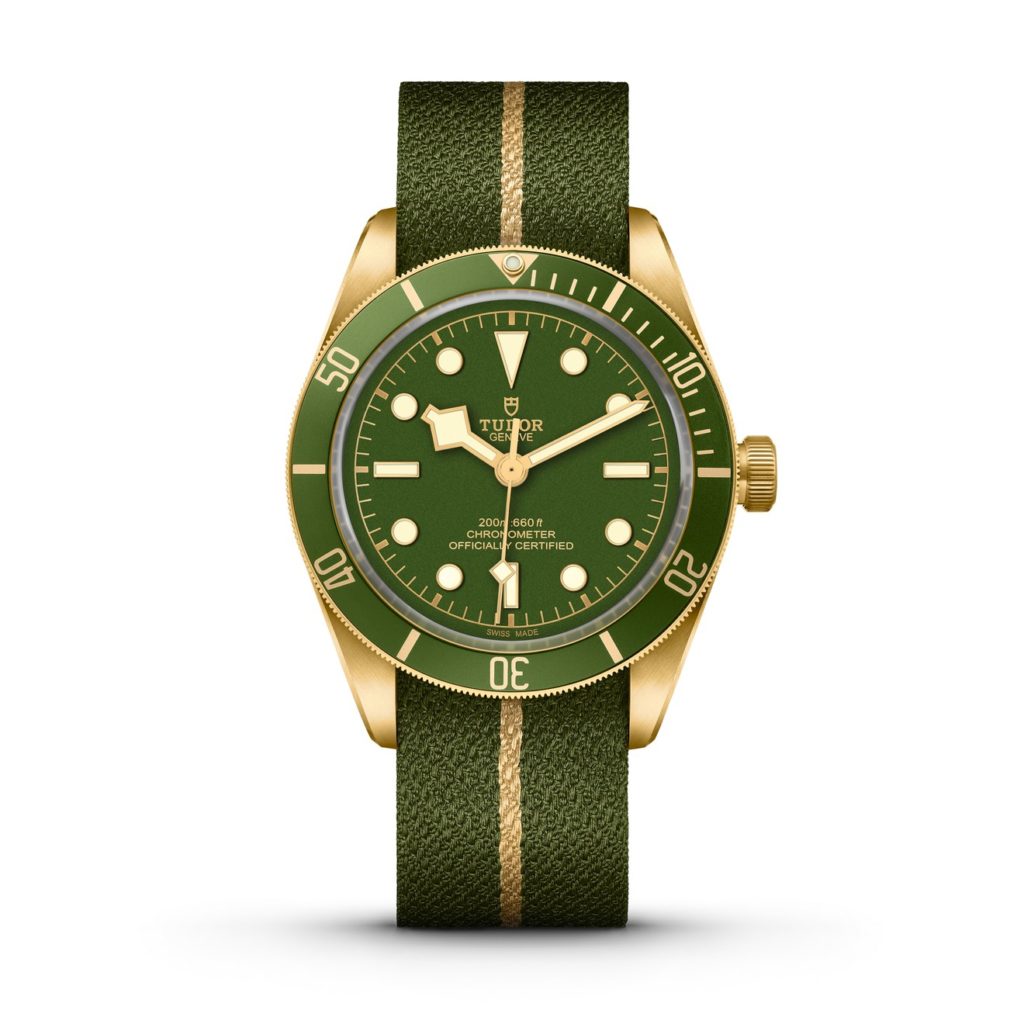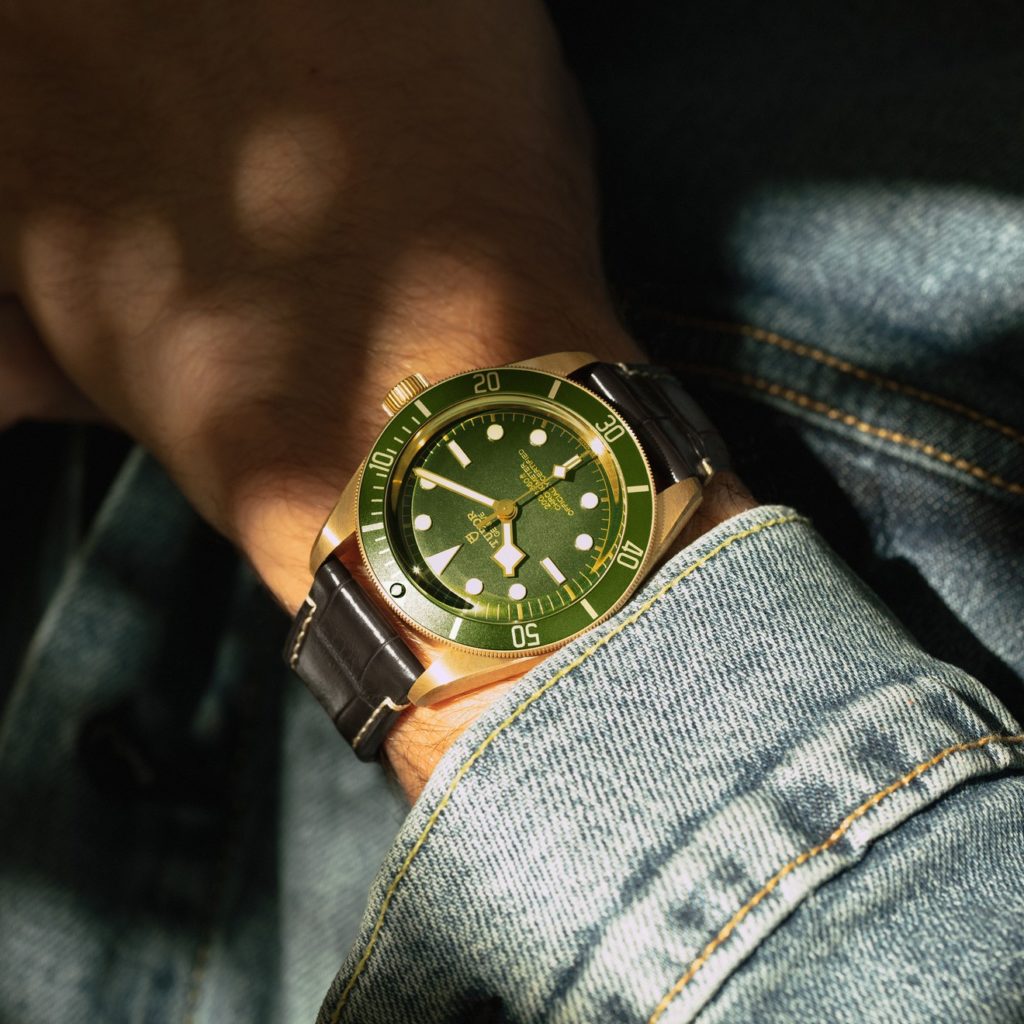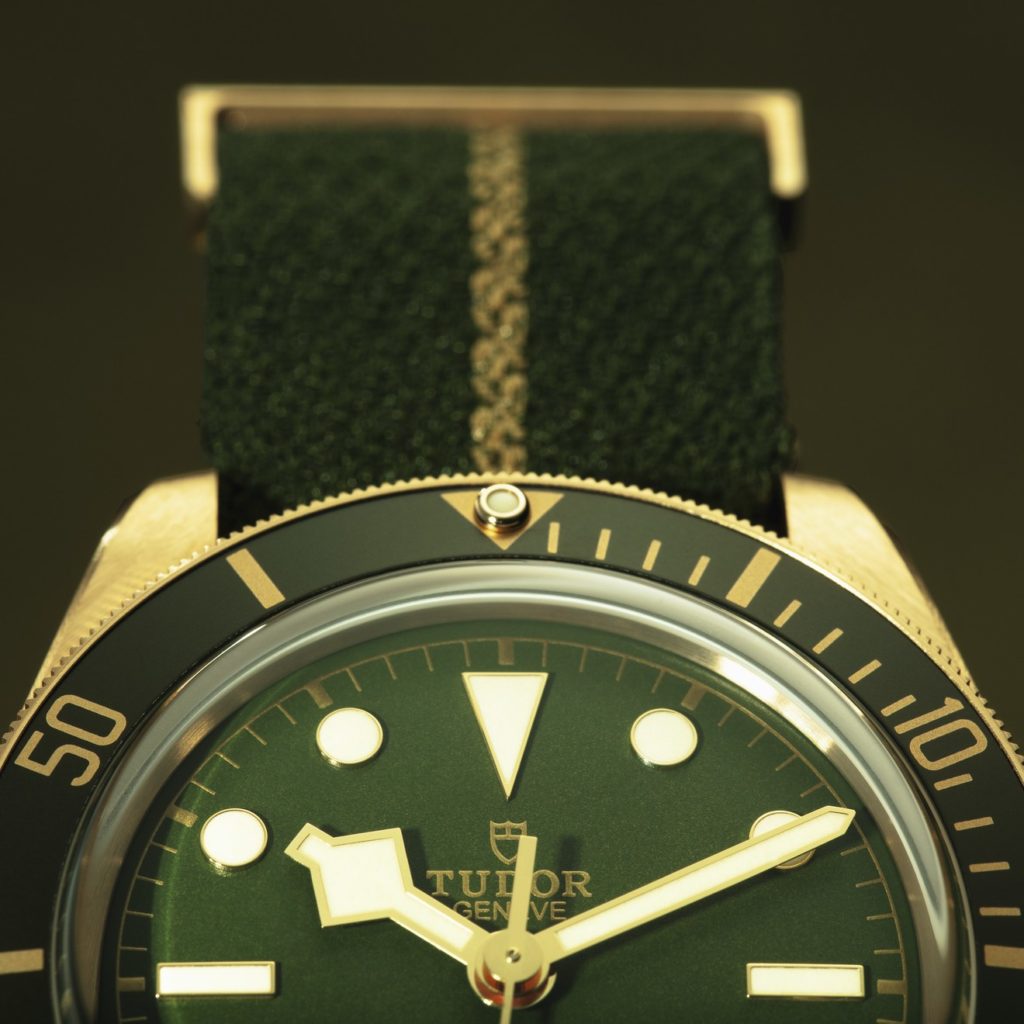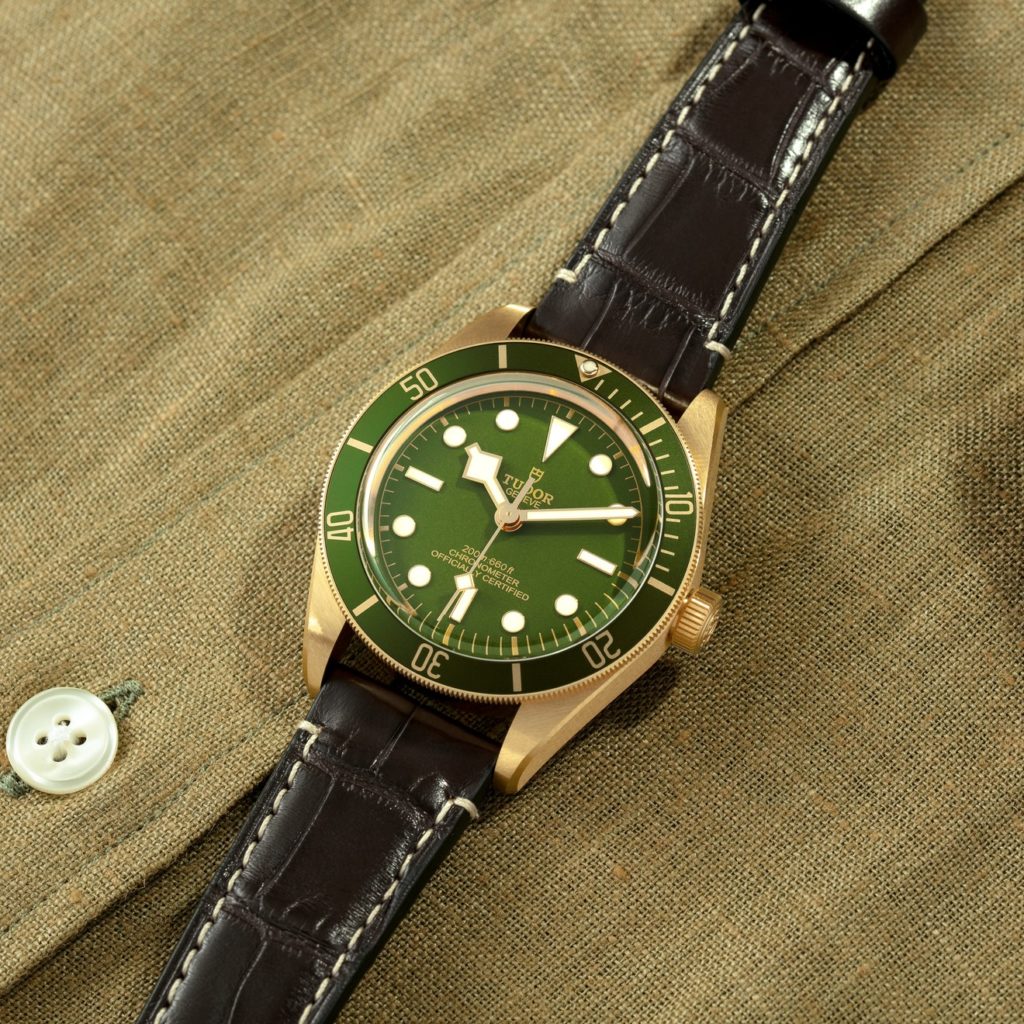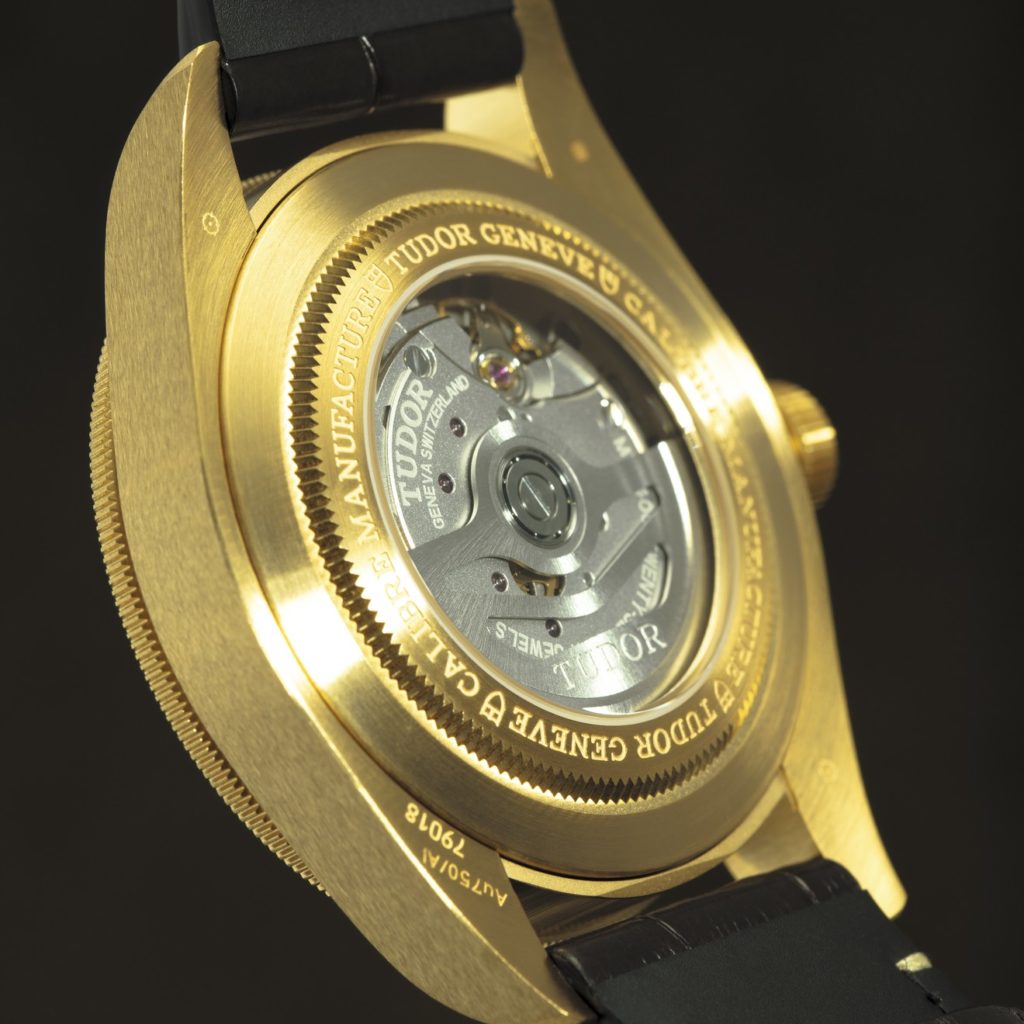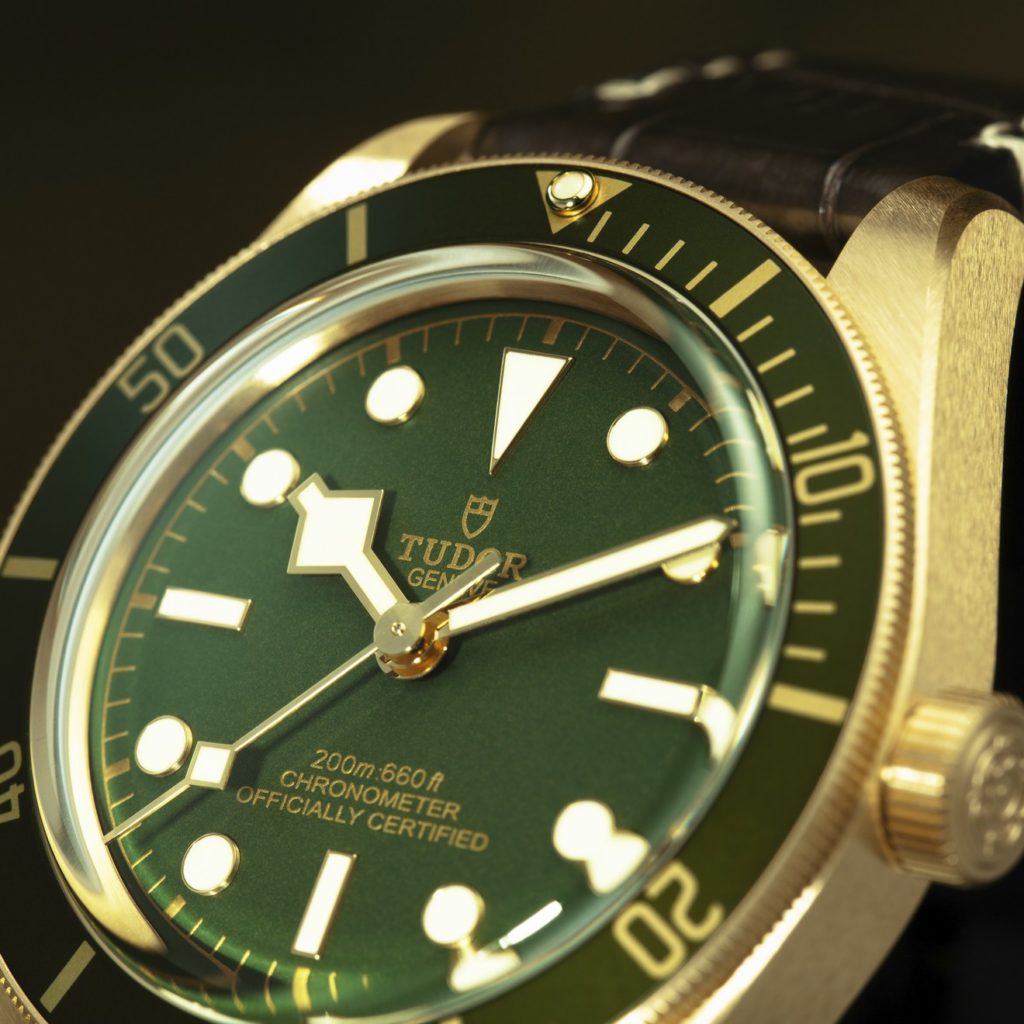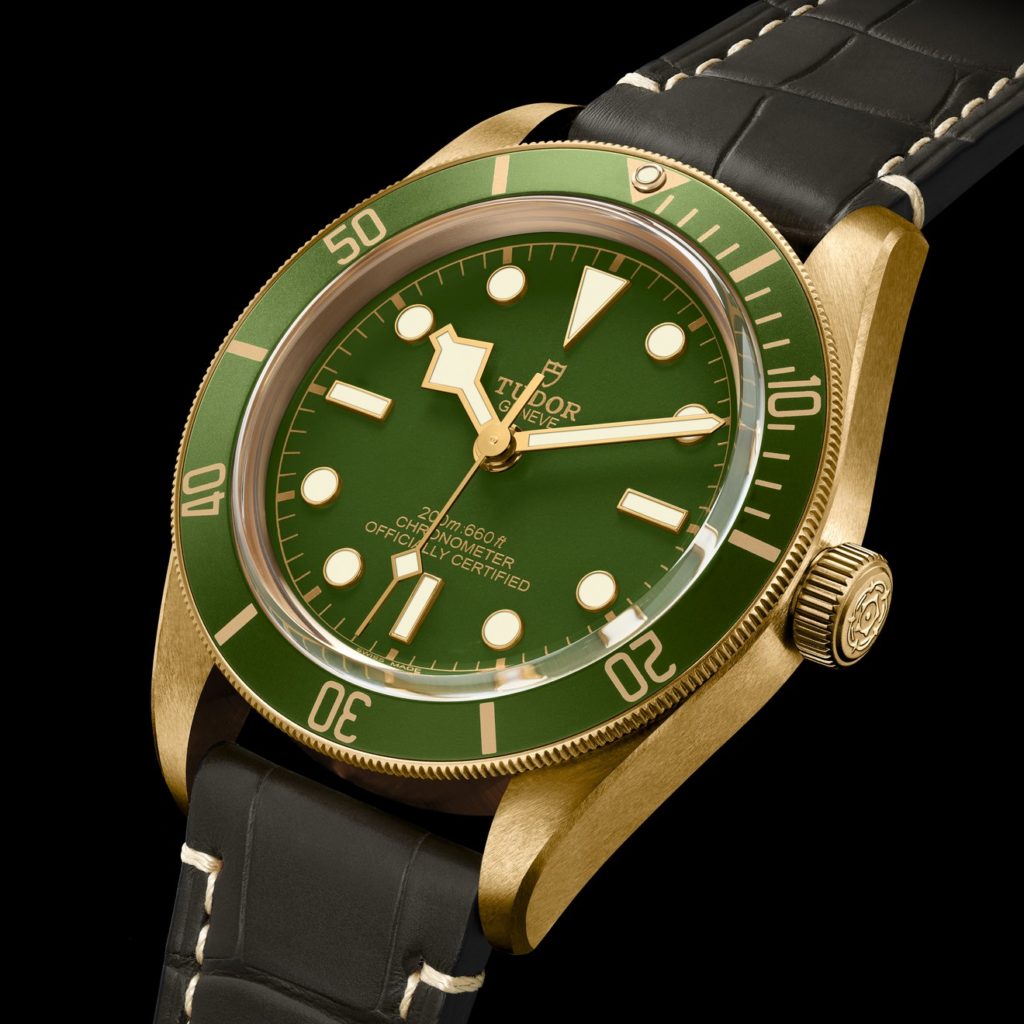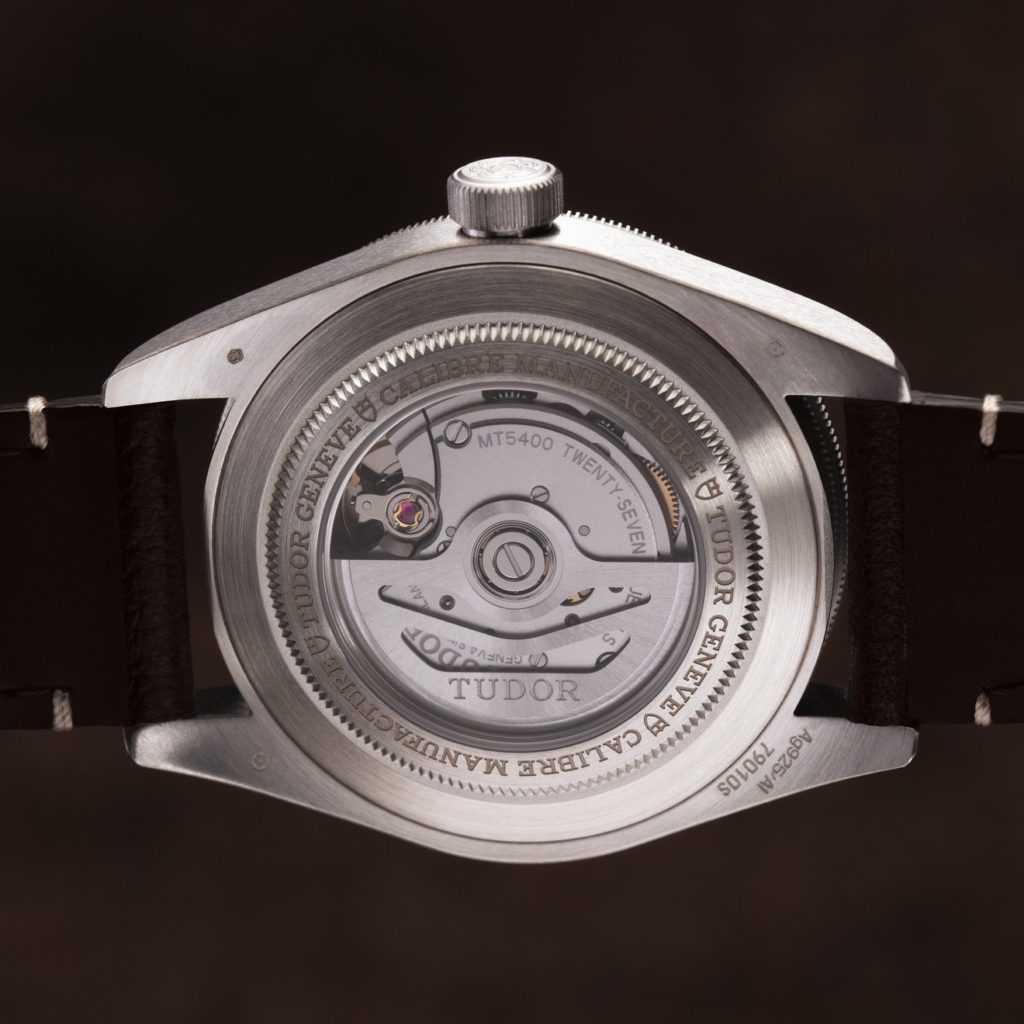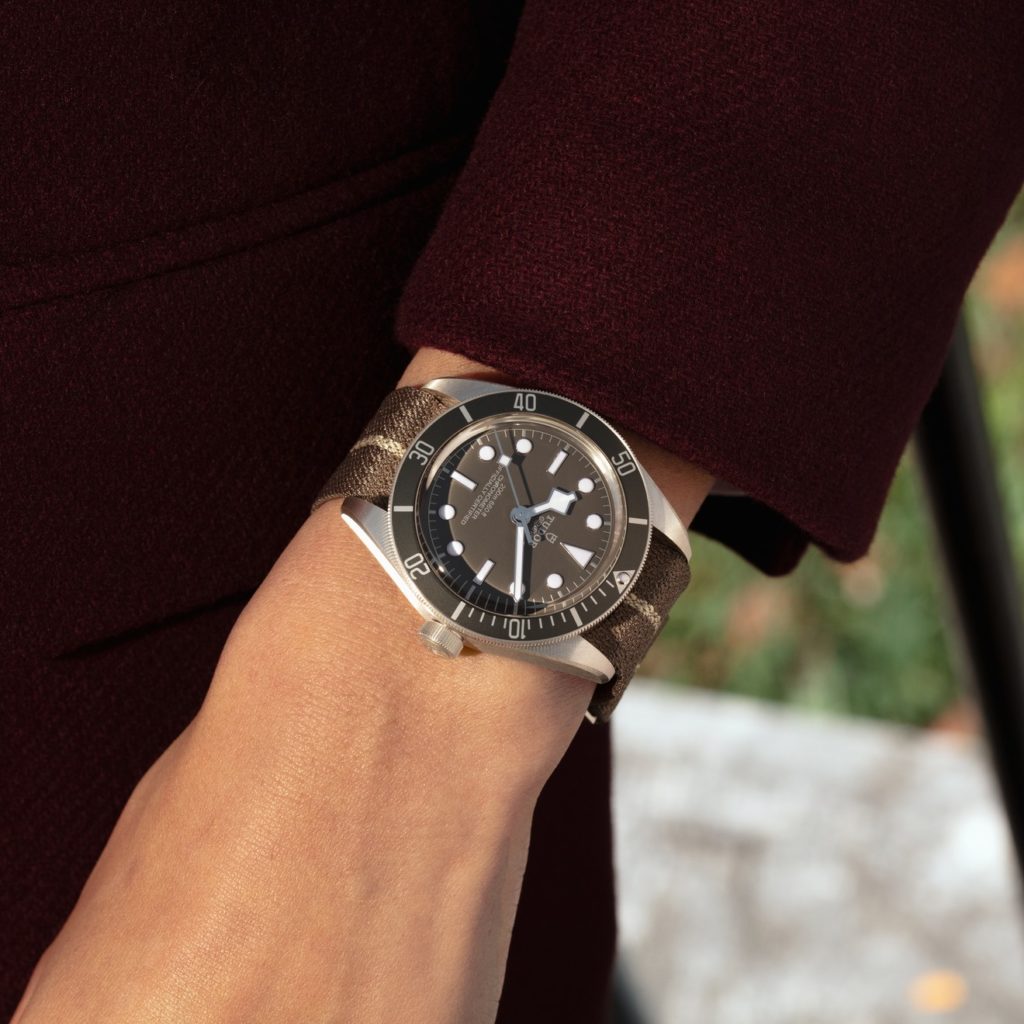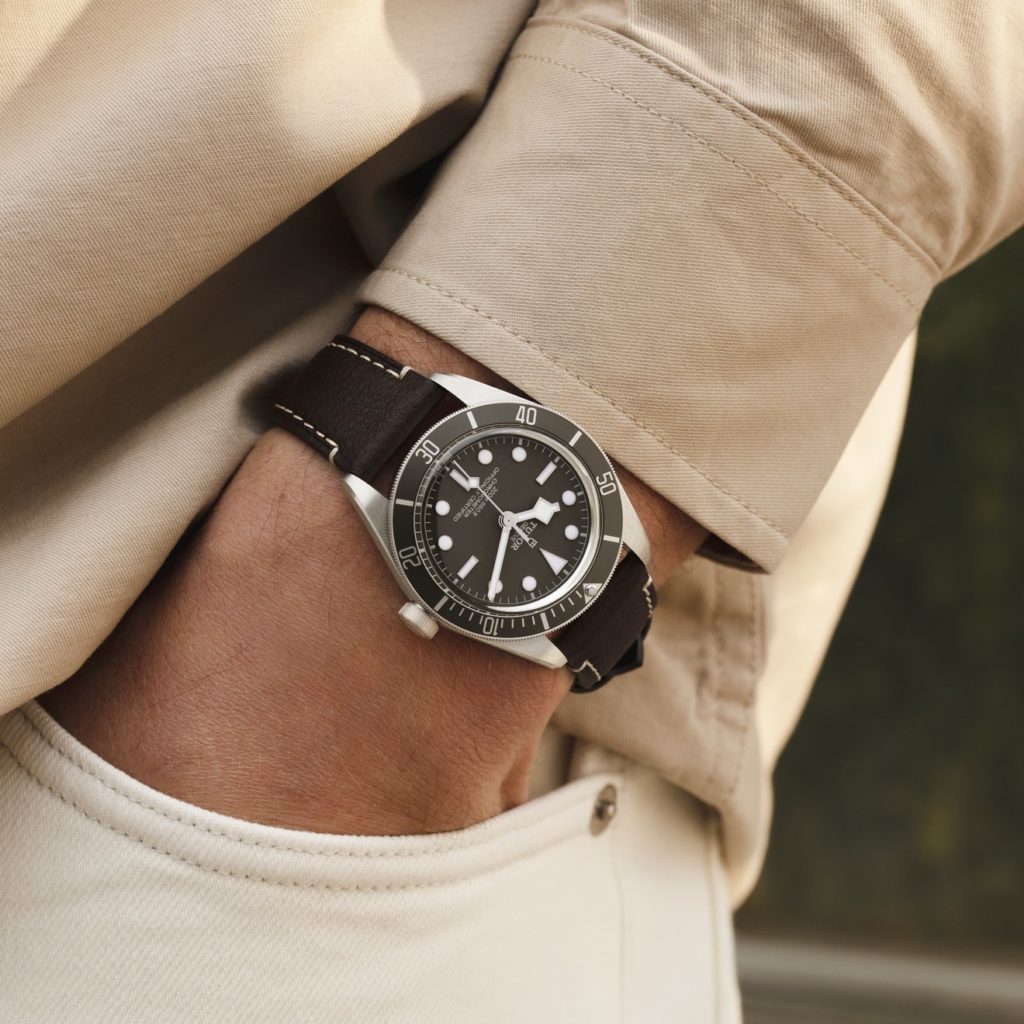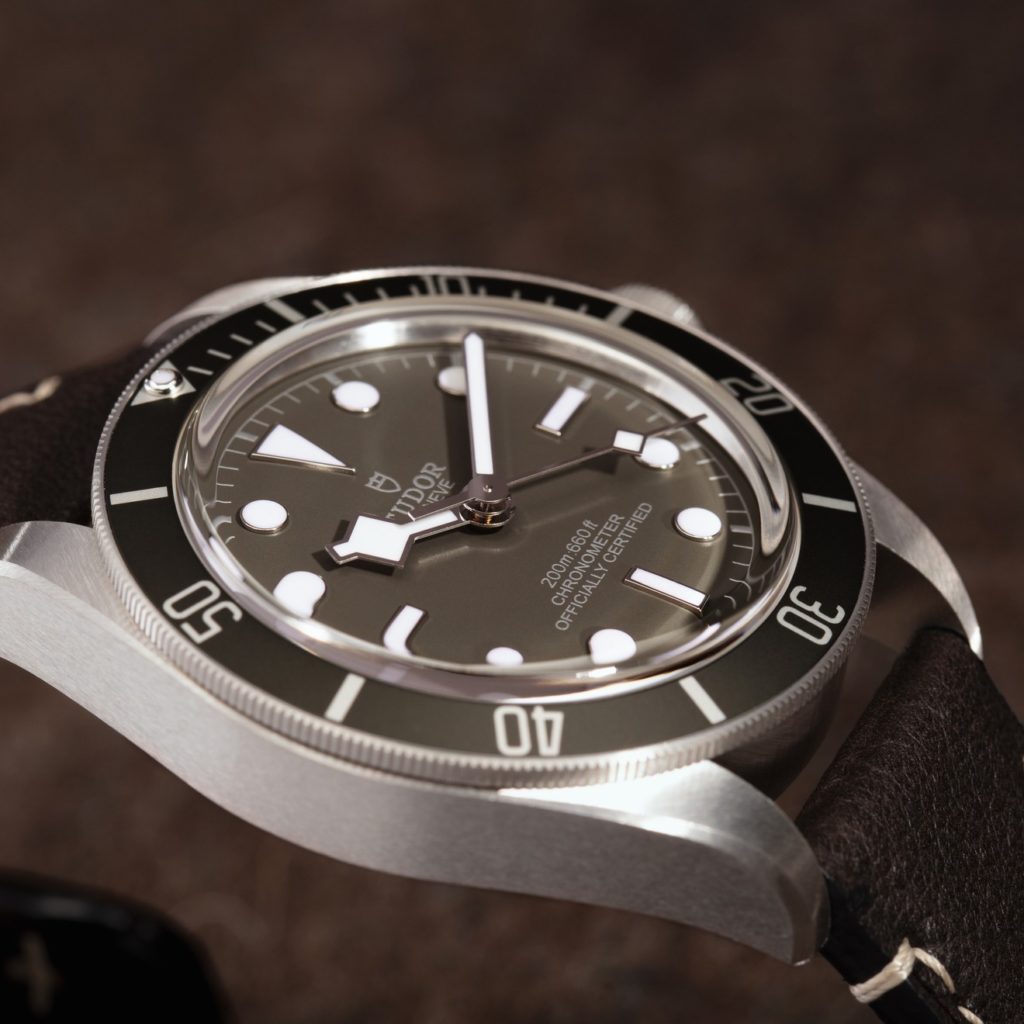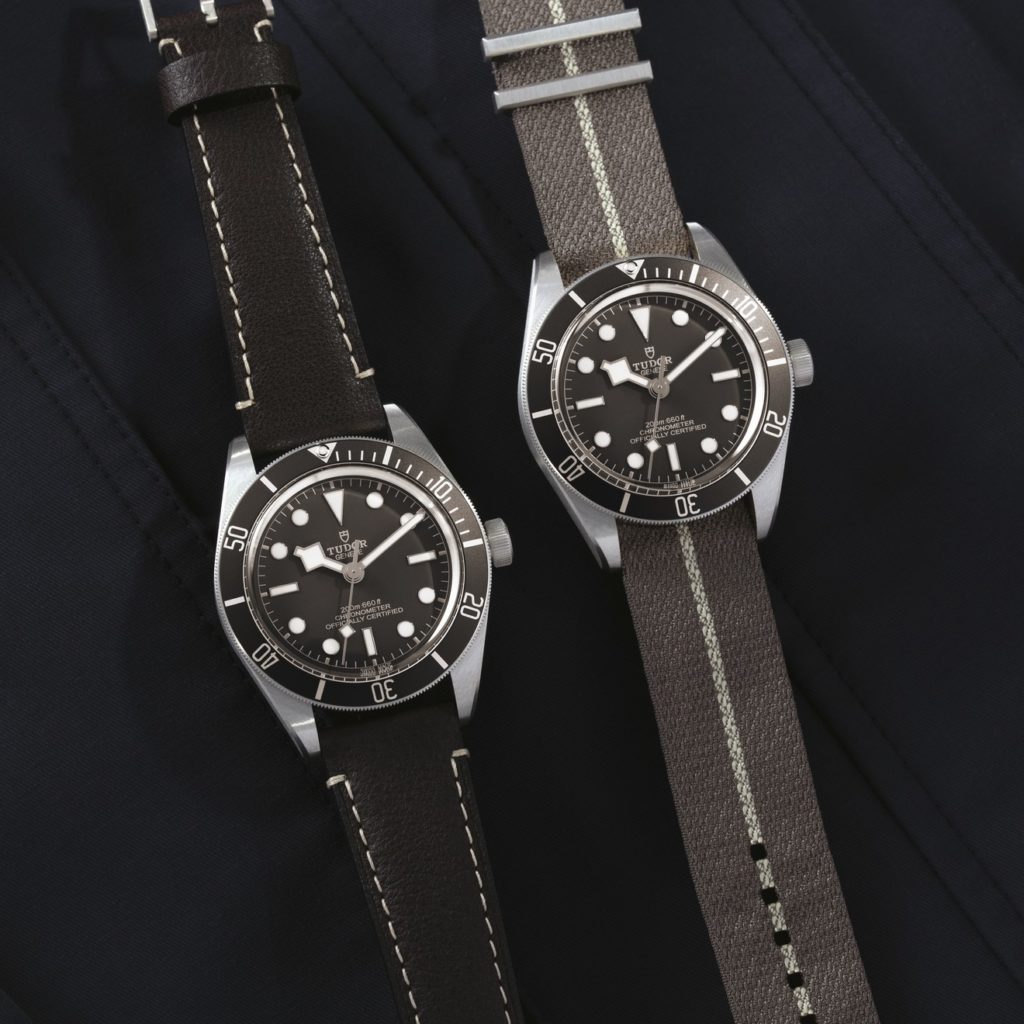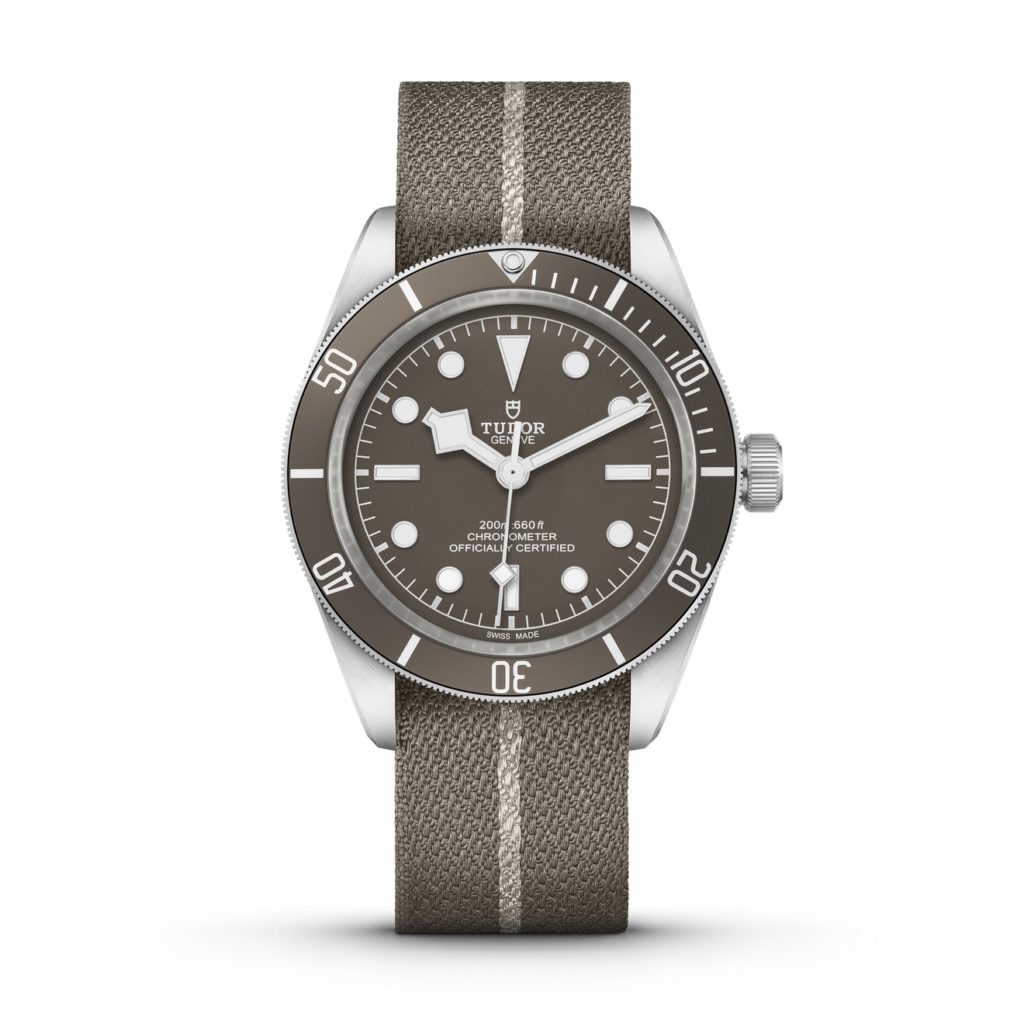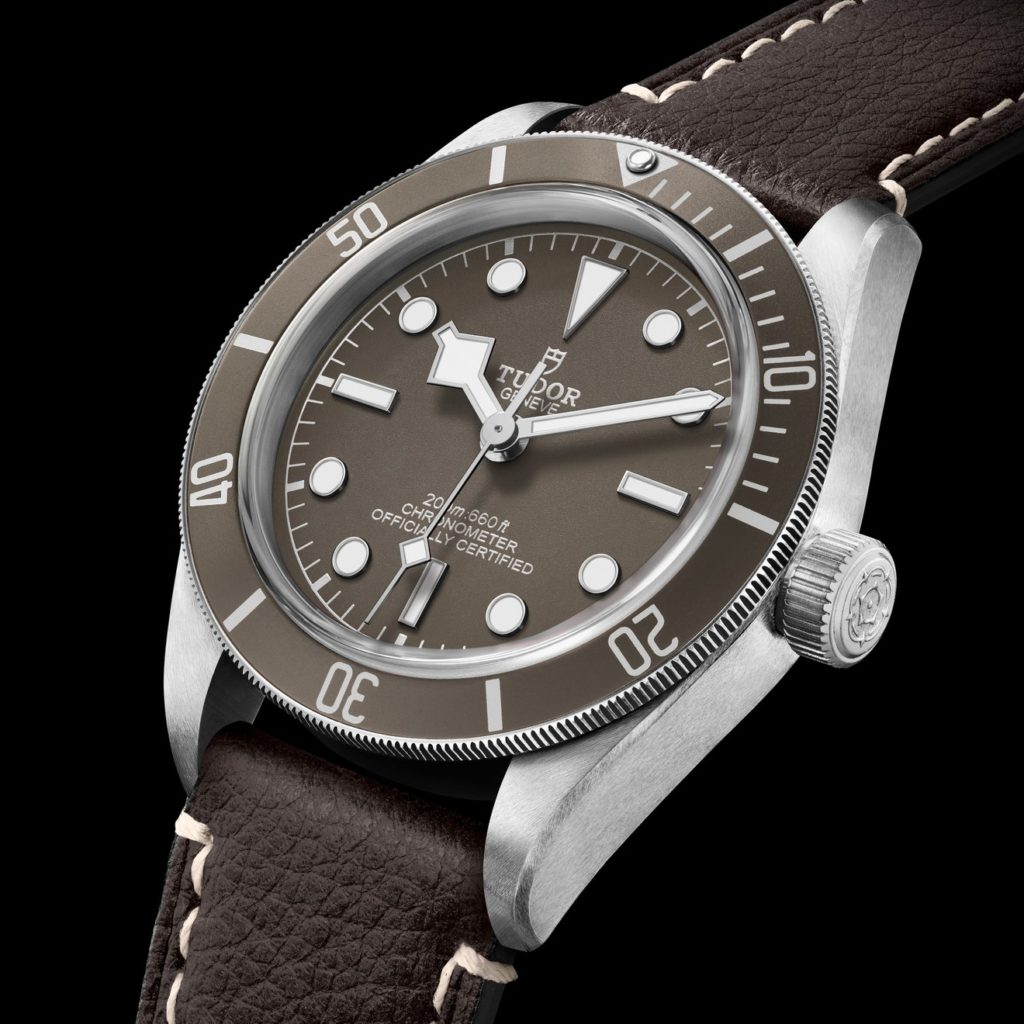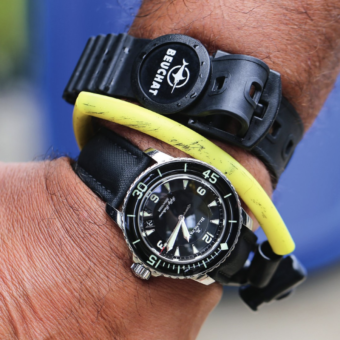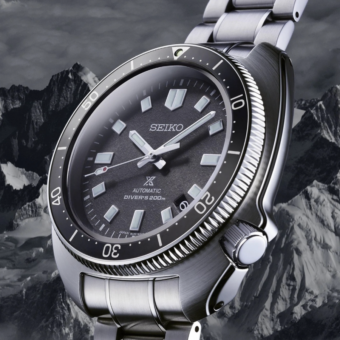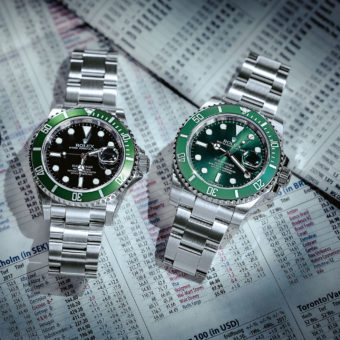It’s no secret that Tudor’s Black Bay has been one of its most successful collections in recent times, and the success of the Fifty-Eight sub-family within that collection has been evident since its release in 2018. Last year, capitalizing upon this success, Tudor unveiled a new blue variation of the Black Bay Fifty-Eight to much fanfare, and this week at Watches & Wonders the brand has once again revisited the design, releasing two new variations in precious-metal cases.
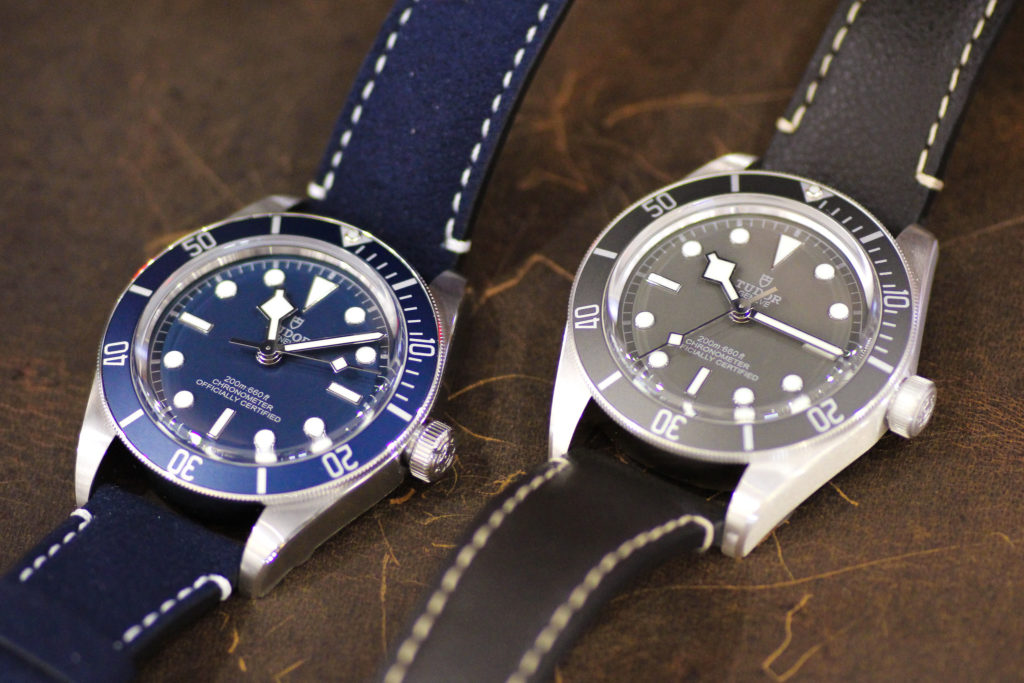
The duo is comprised of the Black Bay Fifty-Eight 18K, a new 18K yellow gold version of the watch with a green dial; and the Black Bay Fifty-Eight 925, a taupe-dialed model that sports a rare, tarnish-resistant 925 sterling silver case. Together, the two releases demonstrate Tudor’s continued interest in expanding the Black Bay Fifty-Eight line while also signaling a raised interest in incorporating more luxurious models into the line. Fans of the Black Bay will appreciate that the two precious-metal cases still hold the sturdy 200-meter water resistance and the core, robust divers’ design as their steel predecessors.
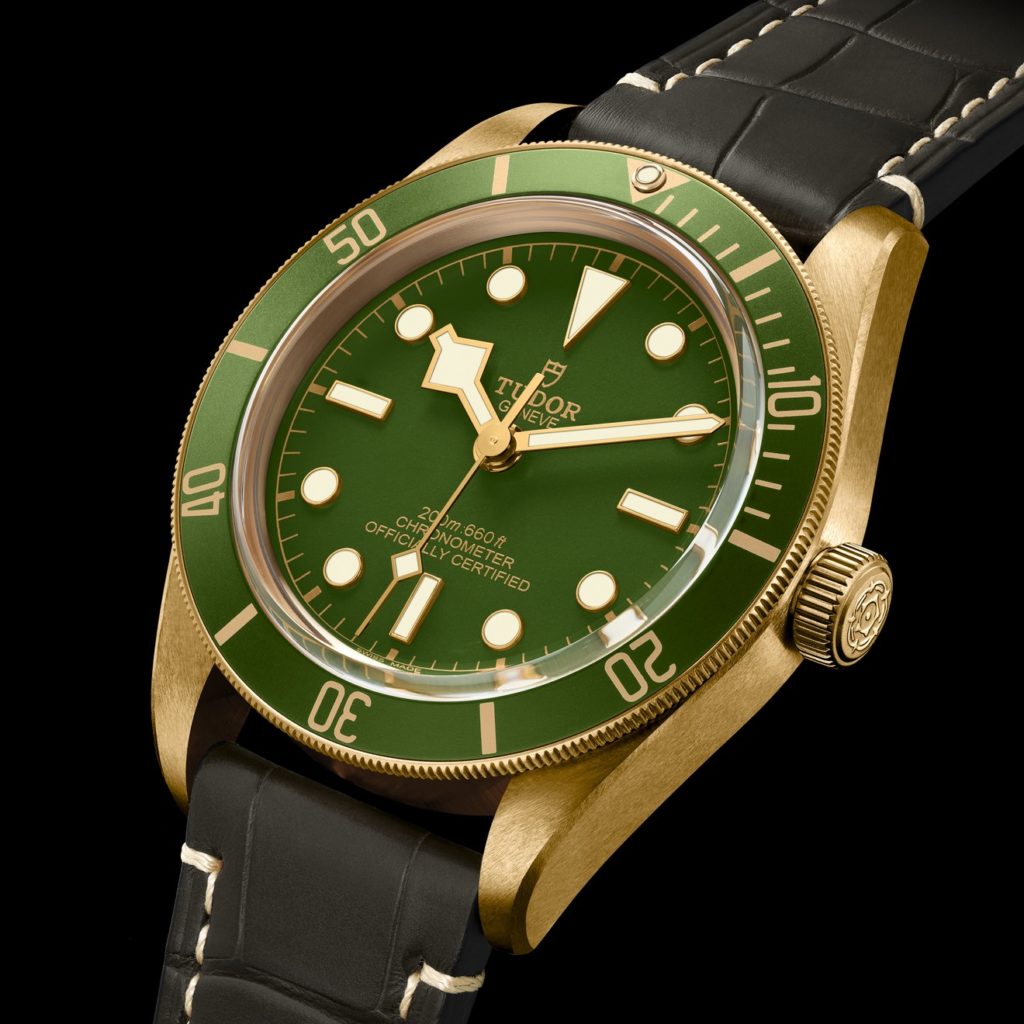
Black Bay Fifty-Eight 18K
Turning first to the all-gold edition, its robust 39-mm 18K yellow-gold case has a large, vintage-inspired, signed crown on its right side, large lugs, and a matte green 60-minute unidirectional diving bezel. Contrasting with styles more commonly found in gold watches, Tudor opted for completely satin finishing for its case rather than more traditional polishing; the result is that the model features both a sportier and more unorthodox look.
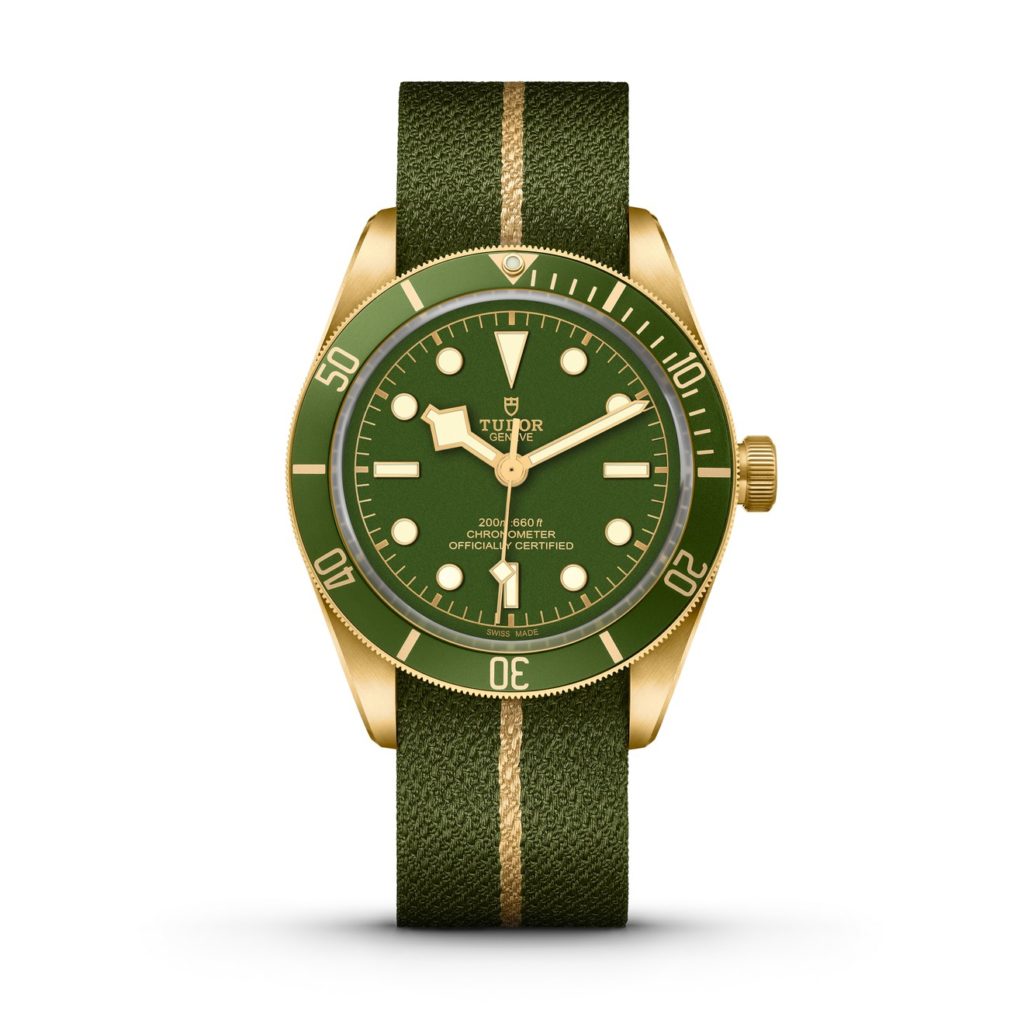
The “green gold” dial under the sapphire crystal matches the color seen on the bezel (now something of a signature for the Fifty-Eight editions, having been previously seen in the 2020 blue edition). The watch’s overall look follows the design of previous Black Bays, outside of a few color changes: an outer minute ring, applied and luminous hour markers in various shapes, and a set of “snowflake” hands at the center of the dial to tell the time. Of course, this watch’s hands are manufactured from a case-matching 18K yellow gold, unlike the traditional steel used in the other watches within the collection.
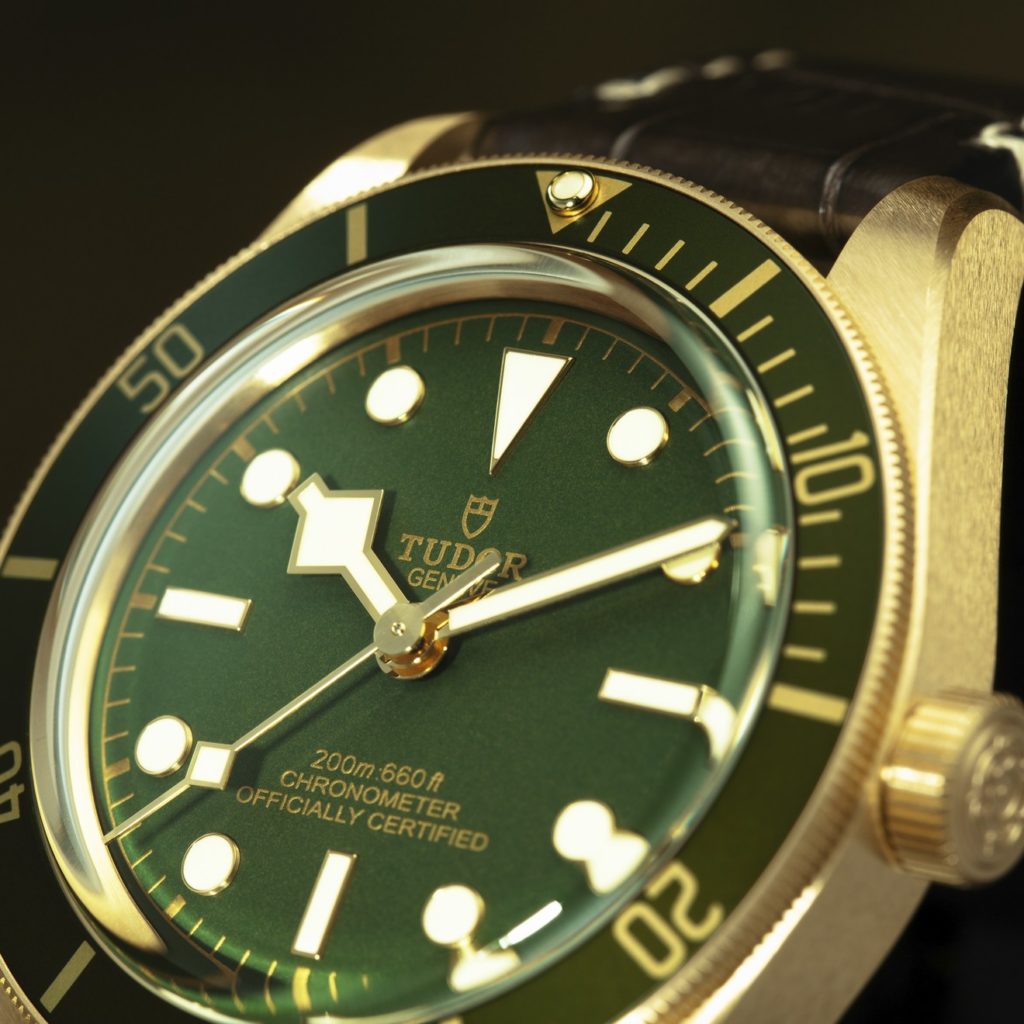
On the flip side, we find the most significant change to the base Fifty-Eight design, outside of the use of gold, namely as exhibition caseback displaying the Tudor manufacture caliber MT5400. Tudor, as well as its sister brand Rolex, have a long history of avoiding the use of exhibition casebacks in their models, so the use of one here is significant. Speaking more to the actual movement within the watch, the automatic caliber MT5400 has a frequency of 28,800 vph, hosts a lengthy power reserve of 70 hours, and boasts a COSC chronometer certification. The movement looks to be fairly lightly finished, upholding the utilitarian style of the Black Bay, but appears a touch more luxurious here, as it is framed in gold.
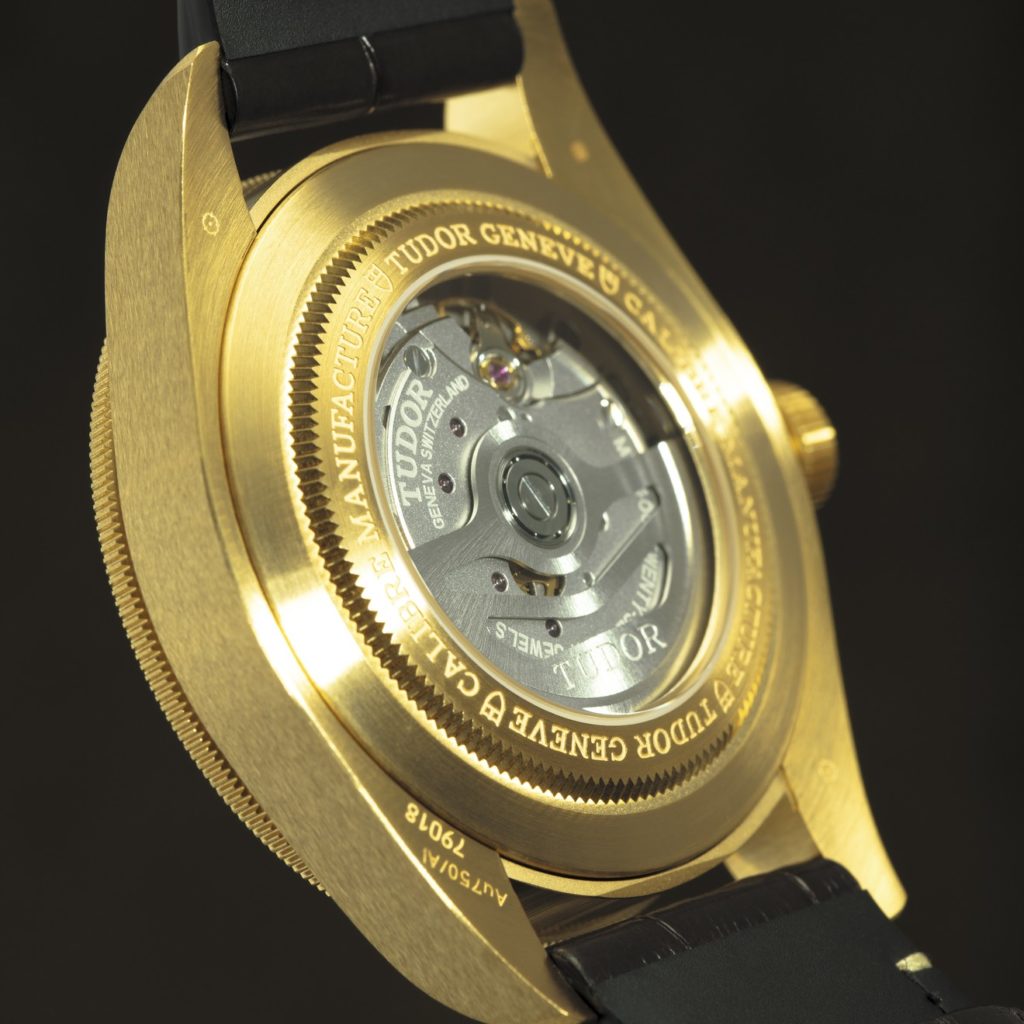
Black Bay Fifty-Eight 925
The other half of the precious metal duo, the Black Bay Fifty-Eight 925, uses essentially the same design as the 18K, as well as all previous Fifty-Eight models, but is notable for its namesake 925 silver case (an alloy with 92.5 percent silver), its taupe-colored bezel and matching taupe dial, and — like its sibling — an exhibition caseback displaying the Caliber MT5400.
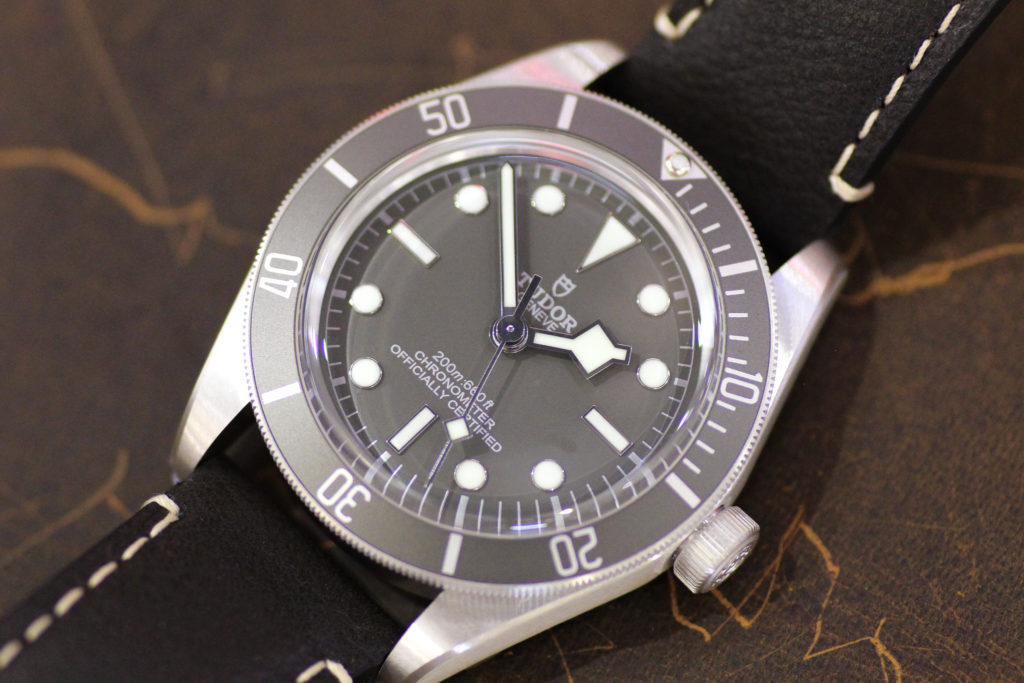
Worth noting about the 925, is its use of 925 sterling silver for its case construction. Tudor claims the alloy is tarnish-resistant, more specifically stating that “the properties of this alloy are such that use does not affect the appearance of the case of the Black Bay Fifty-Eight 925.” The company goes on to further state that the case “possesses an unexpected incandescent brilliance” leading it a “precious aura” that is “best… admired on the wrist.”
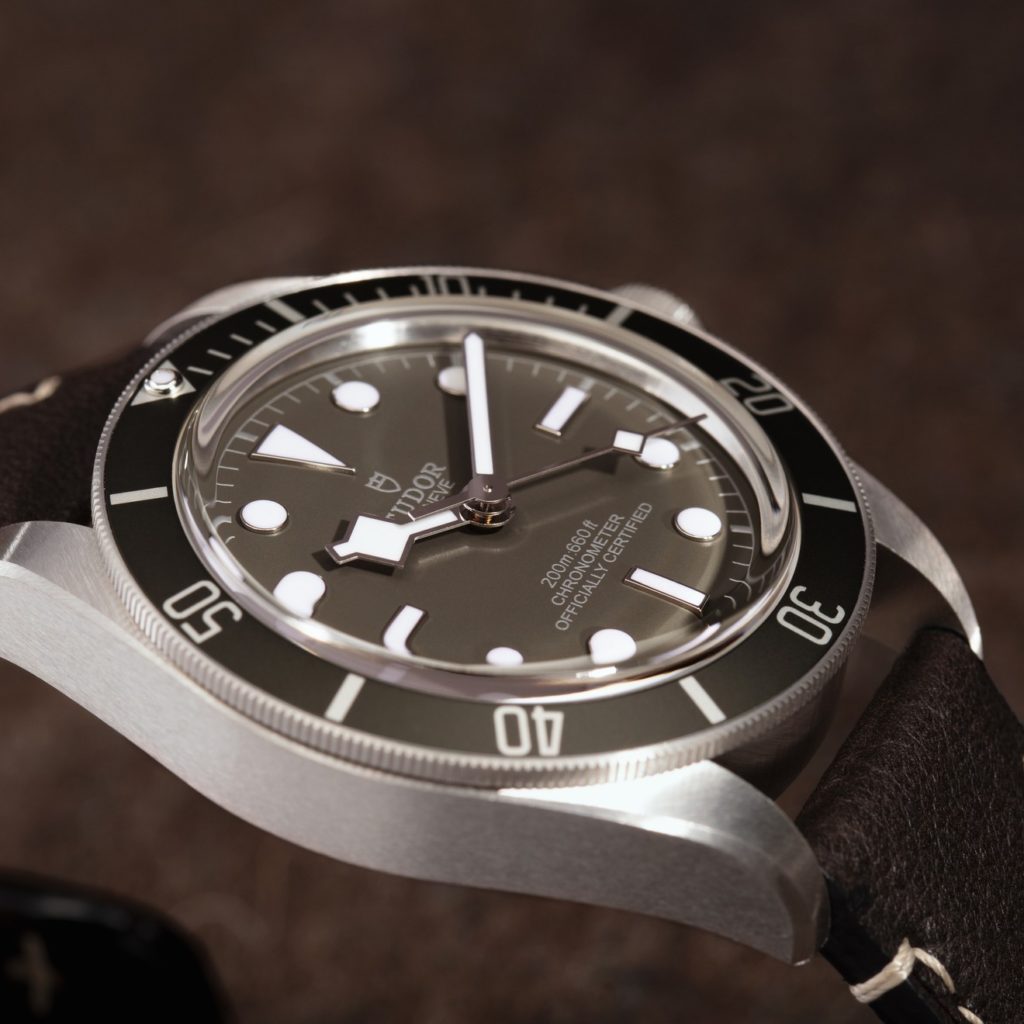
The claim is interesting, as 925 sterling silver is notoriously tarnish-prone, resulting from the small amount of copper typically used alongside the pure silver to produce the alloy. So, in order for the case to maintain its brilliance over time, the brand must be using a different metal (or metals) within the alloy outside of copper to do so, or could conversely be using some unmentioned coating on the case.
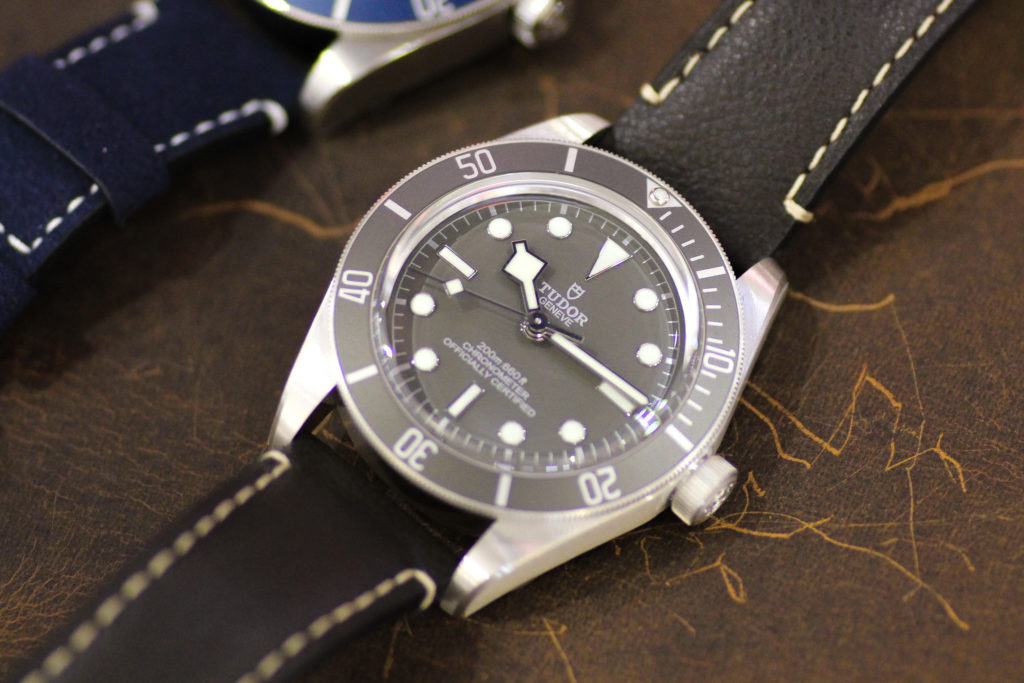
In all likelihood Tudor is using a relatively new silver alloy that replaces the copper with palladium, much the same as some white golds which opt for a palladium-enhanced alloy. In our recent hands-on with the model, it did seem somewhat brighter than the steel version, so in that regard the silver does enhance the look of the metal. However, to the common or uninformed viewer, the color is no where near as brilliant as the marketing may have you believe, and likely would be mistaken as steel unless you happened to be in the know.
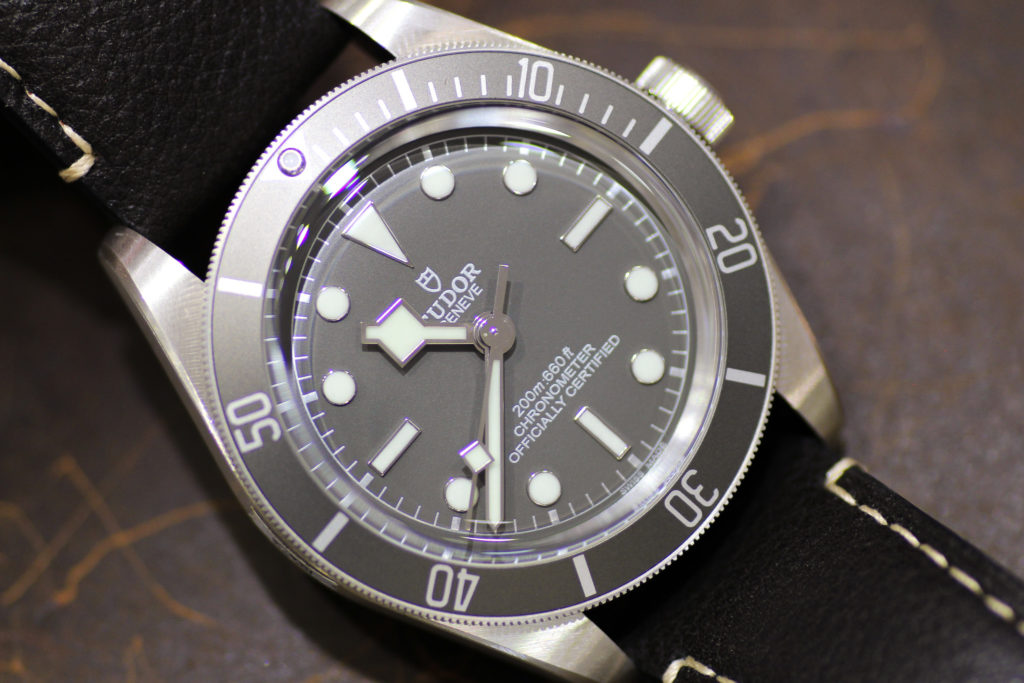
Additionally, while silver is about 30% denser than steel, the weights for both the silver version and steel are marginally, if at all, noticeable. The weight differences would likely be much more obvious if the silver version came standard with an all-silver bracelet, but until that time the silver version seems more like an uncommon new colorway than any major advancement in the larger Black Bay collection. Whether the color in combination with the talking point about the watch being made of silver will be enough to sway buyers to spend about half a grand more on the watch remains to be seen, but credit where it’s due Tudor is treading in uncharted waters, being the first brand in a generation of watch design to use silvers and dive into the market’s unknown.
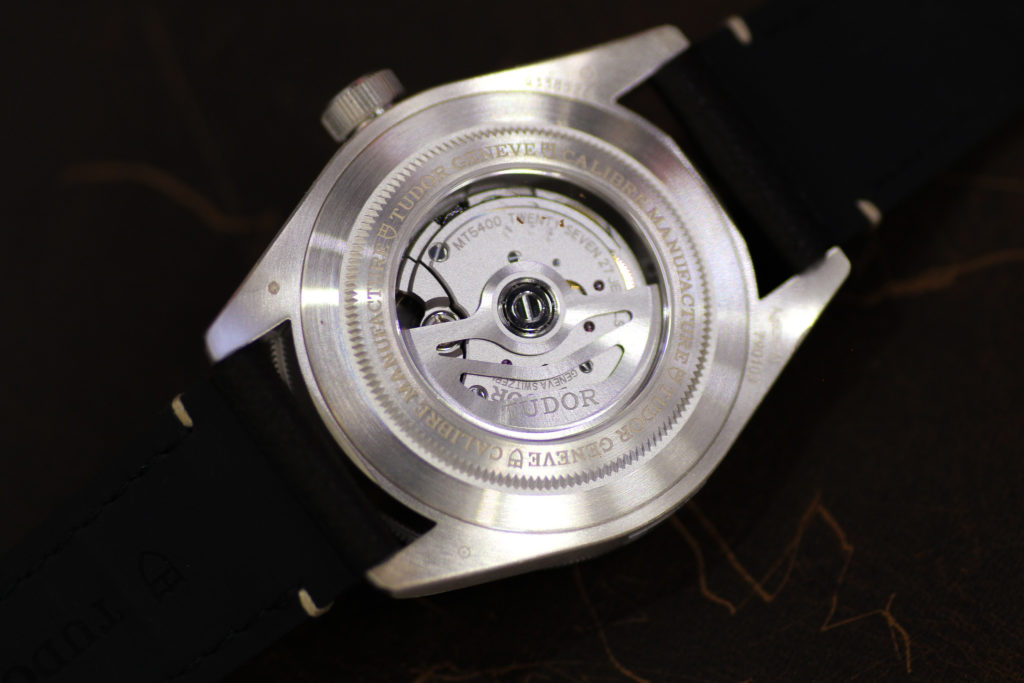
Pricing and Availability
Both the Black Bay Fifty-Eight 18K and 925 are available now via authorized boutiques, with the all-gold edition priced at the top of Tudor’s catalog at $16,800, and the silver model marked more affordably at $4,300, or about $600 more than the most expensive steel variation of the Black Bay Fifty-Eight.
To learn more, visit Tudor, here.
Black Bay Fifty-Eight 925 sample courtesy of W. Kodak Jewelers.

